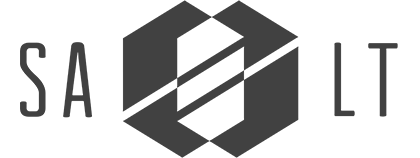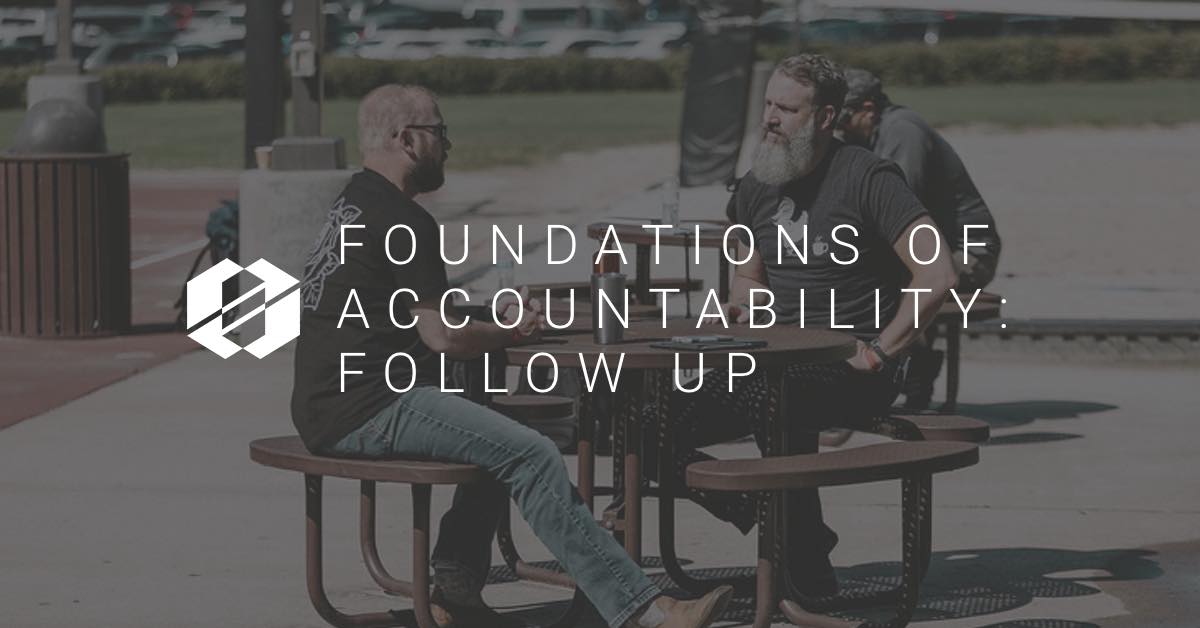For the past few weeks we have been doing a series on the Five Foundations of Accountability. This week is the last installment and the conversation is on the foundation of Follow Up. Whether you are leading a creative or volunteer team if you want to encourage your team you need to build a rapport.
Back in the 1920’s, General Electric was trying to improve the productivity of workers at its Hawthorne plant near Chicago. As part of this effort, they brought in researchers to determine if different lighting levels would result in a higher degree of engagement and production. Researchers split the plant into two groups with different lighting and periodically visited the groups to observe the productivity of the workers.
Unfortunately, after many months of observation, the data were deemed inconclusive. They affirmed that worker productivity rose episodically, but with no apparent correlation to a lighting level. It looked like the study was a flop, but then researchers noticed that the increases in productivity correlated with an entirely unexpected variable: the presence of the researchers in the plant. Workers were more productive when they were aware that someone was watching their performance.
This fact wouldn’t be so notable if it was their supervisor who was looking over their shoulder– who wouldn’t step up their game to avoid getting in trouble with their boss? But these observers weren’t anyone’s bosses. They were researchers, with no ability to reward or punish the workers. It was the observation itself that changed the equation and increased the productivity.
Today, this effect is sometimes referred to as the Hawthorne Effect. It has a variety of implications, but fundamentally it affirms that people step up and demonstrate greater accountability when they know their work will be visible to someone else. Conversely, if they feel invisible, they’re less likely to feel very accountable and won’t demonstrate high levels of commitment.
The Hawthorne Effect reminds you that if you want to build buy-in and elevate the accountability of your team, you should pay attention to your team members’ sense of visibility.
The normal routines of collaborating and communicating up and down the org chart in a busy organization often blur or even erase the identity of the people involved. They quickly feel invisible and their accountability drops. To prevent this, you need some strategies that keep people’s contributions from getting lost in the shuffle.
Shine the spotlight
When Shakespeare said that all the world is a stage and the men and women in it are merely players I think he was hitting on the same principle as the Hawthorne Studies. The image of a stage is a helpful to consider as a leader because your people will be most accountable when they feel like they’re performing on one. I don’t mean that you should put everyone on a pedestal, but you need to foster the sense that they will personally take the bow or take the heat for the things they contribute or produce. The real prospect of credit and consequences is a powerful lever that elevates the commitment and quality of your team. Your job is to shine the spotlight on them and give them the opportunity to excel.


